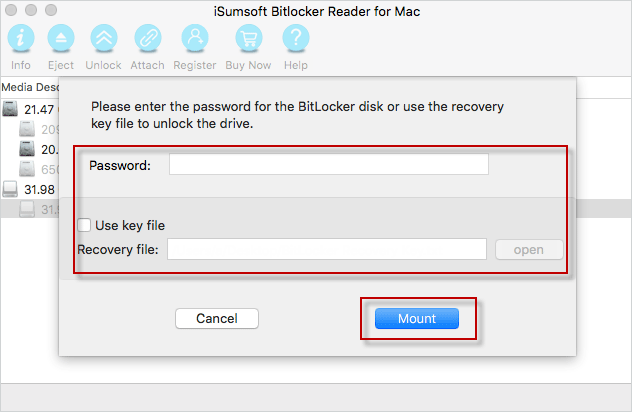
MAC UNMOUNT DISK ERROR MAC OS
If the Unable to Unmount Error is triggered by first aid or formatting a non-boot partition, you may be able to fix the error by booting from the Recovery partition that is included with all new versions of Mac OS X.
MAC UNMOUNT DISK ERROR HOW TO
How to Fix Disk Utility Errors via Mac Recovery Partition For older Macs running prior versions of Mac OS X, typically anything running OS X 10.6 or earlier will have a SuperDrive, and thus shipped with a bootable DVD that can serve this same purpose. Such boot drives are easy to create on your own, here are instructions for making boot disks for OS X 10.9, OS X 10.8, and OS X 10.7.
MAC UNMOUNT DISK ERROR MAC OS X
This is a good example of why it’s very valuable to have a bootable USB thumb drive set up with whatever version of Mac OS X is running on your Macs, because without a separate boot drive some of these errors would be unresolvable. The above steps did the trick and everything was working again as expected. I ran into this twice recently, first when attempting to modify partitions on a drive, which came right along with a separate “ partition failed” error, and again was triggered when attempting to format those partitions.

This will allow you to fix the problem, regardless of the cause, by one of two means, the first is a sure-thing to fix the issue, while the other only works sometimes. For the boot drive, it shouldn’t matter which version of Mac OS X it’s for (assuming 10.7, 10.8, 10.9, 10.10, 10.12, 10.13, 10.14, etc at least), the only requirement is that it has Disk Utility – which they all do.


For the former situation where the boot drive is being modified, the easiest solution is to boot from another drive and run Disk Utility from there instead. Typically the “Couldn’t Unmount Disk” error pops up when the currently boot drive is being modified, or if a disk was trying to be erased you may find the erase failed with a couldn’t unmount disk error.


 0 kommentar(er)
0 kommentar(er)
